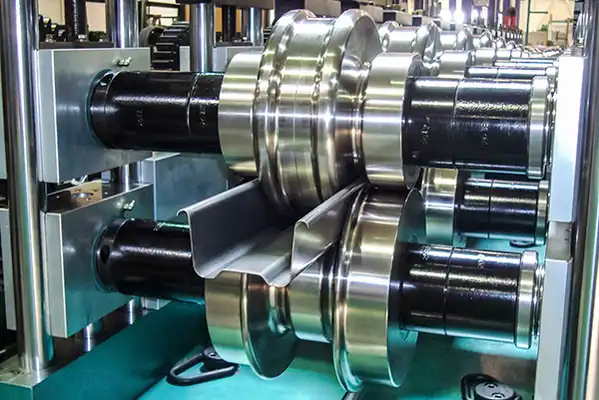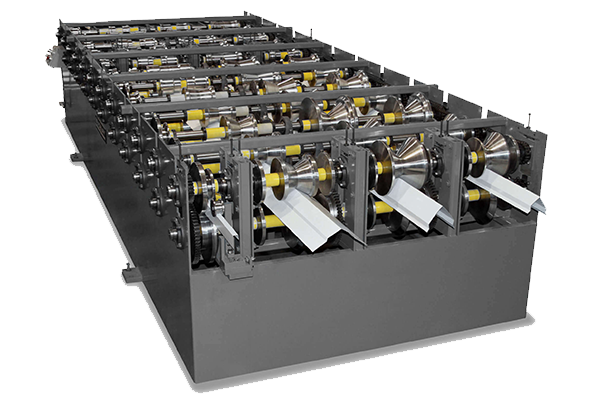Navigation Menu
Contact Us
- Email:
- info@wxavatar.com
- Address:
- Yurong Village, Yuqi Street, Huishan District, Wuxi, China.
Release Date:Oct 24, 2024 Visit:319 Source:Roll Forming Machine Factory
The roll forming machine industry has undergone significant transformations in recent years, with technological innovations playing a pivotal role in enhancing efficiency and productivity. These advancements have not only improved the quality of the finished products but have also streamlined manufacturing processes, reducing costs and enhancing overall competitiveness.

One of the most notable innovations in roll forming machine technology is the integration of automation. Traditional roll forming machines required manual intervention at various stages of the production process, which could be time-consuming and prone to errors. However, modern roll forming machines are increasingly equipped with automated systems that can perform tasks such as feeding, bending, and cutting with minimal human intervention. This automation not only increases the speed of production but also ensures greater consistency and accuracy in the finished products.
Another significant technological advancement is the use of advanced control systems. These systems utilize sophisticated algorithms and sensors to monitor and adjust the roll forming process in real-time. By continuously analyzing data and making adjustments, these control systems can optimize the production process, reducing waste and enhancing efficiency. This real-time monitoring and adjustment capability also enable manufacturers to quickly identify and rectify any potential issues, minimizing downtime and ensuring smooth production flow.
The integration of robotics is another innovation that has significantly impacted the roll forming machine industry. Robots can perform complex tasks with high precision and repeatability, making them ideal for applications that require intricate bending and shaping of metal sheets. By incorporating robots into the roll forming process, manufacturers can achieve higher levels of automation, further reducing labor costs and enhancing productivity.
In addition to automation and control systems, advancements in software technology have also played a crucial role in boosting the efficiency of roll forming machines. Modern software solutions provide manufacturers with powerful tools for designing, simulating, and optimizing roll forming processes. These tools enable engineers to accurately predict the behavior of metal sheets during the forming process, allowing them to make informed decisions and refine their designs for optimal performance.
Moreover, the development of new materials and coating technologies has expanded the capabilities of roll forming machines. High-strength steels, aluminum alloys, and other advanced materials can now be processed with greater ease and precision, enabling manufacturers to produce a wider range of products with superior performance characteristics. Coatings such as galvanized and painted finishes can also be applied during the roll forming process, further enhancing the quality and durability of the finished products.
The implementation of these technological innovations has had a profound impact on the efficiency of roll forming machines. Manufacturers are now able to produce higher volumes of high-quality products with reduced labor costs and shorter lead times. This increased efficiency has enabled them to compete more effectively in the global market, capturing new opportunities and expanding their customer base.

In conclusion, the roll forming machine industry has benefited greatly from technological innovations that have enhanced efficiency and productivity. Automation, advanced control systems, robotics, software solutions, and new materials and coating technologies have all played crucial roles in transforming the roll forming process. As these innovations continue to evolve, manufacturers can expect even greater improvements in efficiency, enabling them to stay ahead of the competition and meet the evolving needs of their customers.